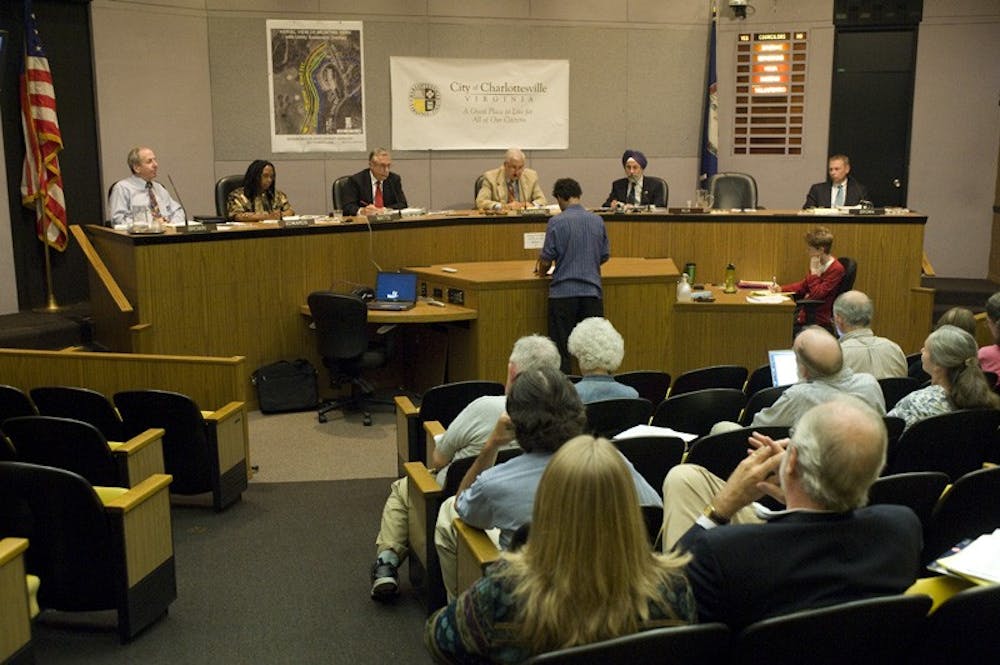According to a study presented yesterday to Charlottesville City Council members by the Advocates for a Sustainable Albemarle Population, the city can accommodate only a 50 percent population increase before it runs out of developable land.
Principal Investigator Clair Jantz said the study analyzed the relationship between ecosystem services and population growth in the area. Ecosystem services include those that clean air, clean water and protect against excessive erosion. In addition to Charlottesville, ASAP studied seven other areas within Albemarle County, including Crozet, Rivanna, the Route 29 area and four rural regions.
Jantz said her organization first identified and quantified a set of ecosystem services in the area to research. Her team then created scenarios of county-wide population growth and associated land-use change to identify the increases' potential impact on the environment and usable land.
As an area's population increases, Jantz said, the amount of allowable carbon storage per acre decreases because of a loss of green space responsible for most carbon storage. Decreased carbon storage allowance poses a possible threat to the environment and is typically seen in less desirable communities.
Similarly, each scenario run by ASAP showed that local population growth could lead to an increase in areas with asphalt or concrete surfaces, which may negatively impact the environment.
"After a region reaches 10 percent impervious surface area, rivers and streams begin to suffer," Jantz said, adding that growth also tends to cause urban sprawl. "When Charlottesville runs out of developable land, the effect it has on the adjacent communities is that they are left with spill over."
Despite Jantz' concerns based on the study, Council Member David Brown questioned whether developmental growth of this kind is negative or beneficial for the city's surrounding rural communities. According to the study, Jantz concluded that when the regions are looked at individually, developed areas are in danger of negatively affecting local ecosystem services. But when examining the community as a whole, ecosystem services appear only slightly affected by development and population growth.
Jantz added that although Charlottesville appears to have experienced a less significant amount of carbon storage decline in relation to its population increase than other areas, it also has the least amount of carbon storage due to its lack of green space.
From a more positive perspective, the study also indicates that despite the country's current economic landscape, the city is still growing.
"Even a lousy economic situation doesn't affect growth in what has been defined as the best place in America to live," ASAP President Jack Marshall said.







